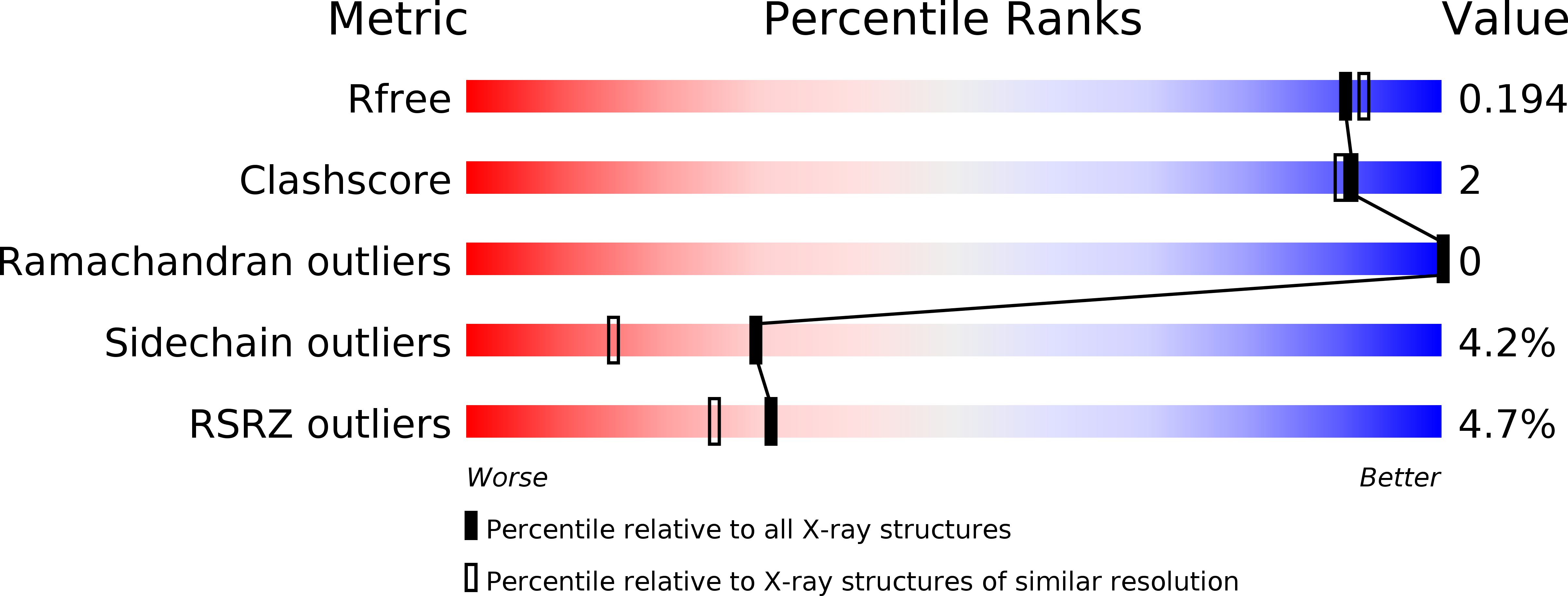
Deposition Date
1998-07-23
Release Date
1998-07-29
Last Version Date
2024-10-30
Entry Detail
PDB ID:
1BMB
Keywords:
Title:
GRB2-SH2 DOMAIN IN COMPLEX WITH KPFY*VNVEF (PKF270-974)
Biological Source:
Source Organism:
Homo sapiens (Taxon ID: 9606)
Host Organism:
Method Details:
Experimental Method:
Resolution:
1.80 Å
R-Value Free:
0.21
R-Value Work:
0.18
R-Value Observed:
0.18
Space Group:
P 41 21 2


